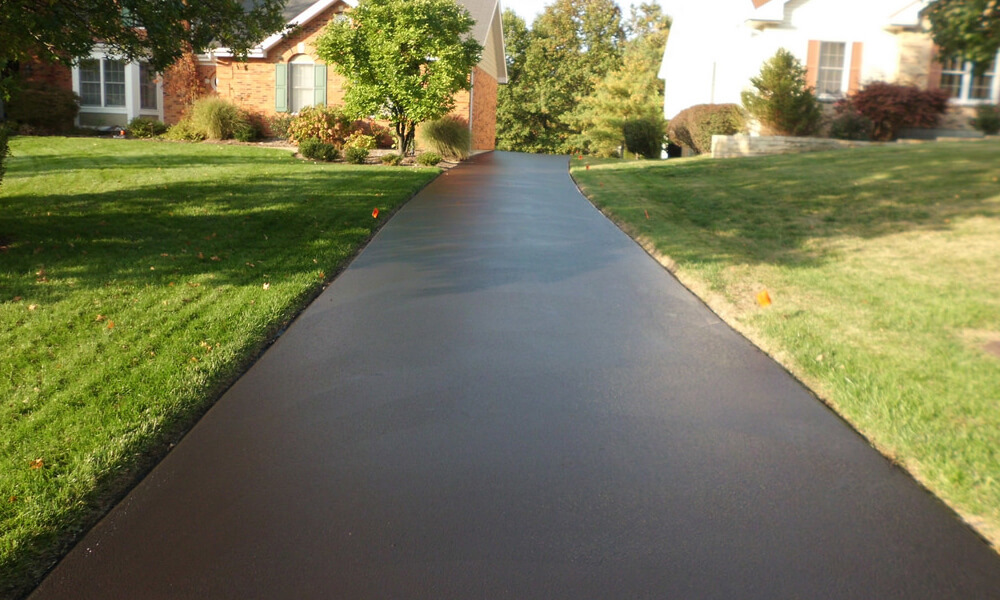A pre-purchase inspection report is a crucial document that comprehensively assesses a property’s condition before finalizing your home purchase. This detailed assessment assists in making informed decisions, negotiating with the seller, and preparing for future maintenance and repairs. However, with so much information packed into the report, knowing which factors are most critical to consider is challenging.
Structural integrity
The crucial aspect of any pre-purchase inspection is the assessment of the property’s structural integrity. This includes evaluating the foundation, walls, roof, and other load-bearing components for signs of damage, instability, or deterioration. When reviewing your inspection report, pay close attention to any mentions of cracks, settling, or water intrusion in the foundation, as these issues lead to serious and costly problems down the line. Look for any indications of roof leaks, sagging, or damaged shingles, as a failing roof can result in extensive interior damage and compromised energy efficiency.
Electrical and plumbing systems
A property’s electrical and plumbing systems are essential for safety, functionality, and comfort. During a pre-purchase inspection, the inspector will assess these systems for proper operation, code compliance, and potential hazards. In your inspection report, watch for any mentions of outdated or ungrounded wiring, overloaded circuits, or faulty outlets, as these issues pose fire risks and require immediate attention. Look for signs of leaks, corrosion, inadequate water pressure, and the age and condition of the water heater and sewer line for plumbing.
Water damage and mold
Water damage and mould are common issues that seriously affect a property’s structural integrity and indoor air quality. Inspect for signs of water damage, whether current or historical, such as stains, moisture, or visible mould growth. In your inspection report, pay attention to any mentions of water damage or mould, particularly in high-risk areas like the basement, attic, or bathrooms. If mould is found, it may be advisable to seek a dedicated mould inspection to evaluate the issue’s scope and create a remediation strategy.
Pest infestation
Pest infestations cause significant damage to property and pose health risks to occupants. During a pre-purchase inspection, the inspector will look for signs of current, such as droppings, nests, or visible damage. When reviewing your report, note any mentions of wood-destroying insects like termites or carpenter ants, as these pests cause extensive structural damage if left untreated. If evidence of infestation is found, consider investing in separate pest inspection services to determine the scope of developing a treatment plan.
Recommendations and prioritization
A thorough pre-purchase inspection report will identify issues and recommend repairs, further evaluations, or ongoing maintenance. These suggestions assist in prioritizing the most crucial tasks and formulating an action plan. When reviewing your report, consider the inspector’s recommendations, particularly for issues that impact safety, structural integrity, or major systems. Use this guidance to inform your negotiations with the seller or to create a post-purchase repair and maintenance schedule. Check the useful reference for building inspections in Sydney.




